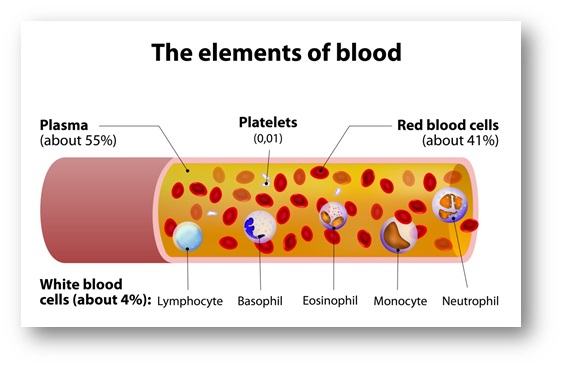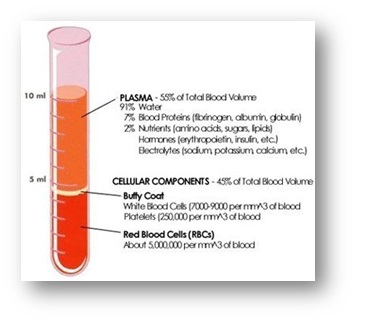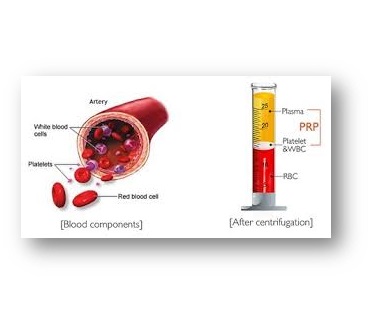What is PRP?
The name PRP comes from the initials of the words Platelet Rich Plasma in English.
The word platelet is another name for Platelets.
In other words, the Turkish abbreviation of PRP is Tormbosite rich plasma.

1/3 of the human body is blood. The part of the blood other than the cellular elements is called plasma.
Plasma also provides the transport of important substances such as amino acids, carbohydrates and elements to the tissues.


It contains growth factors (Grotwh Factor) and cytokinin in platelets.
Platelets (blood platelets) accelerate healing when vascular integrity is impaired, that is, when there is damage to the veins and ensure blood coagulation.
In the PRP process, the main purpose is to ensure healing, tissue and cell regeneration, a certain amount of blood is taken from the person to be treated, centrifuged in special PRP tubes, and the red blood cell, buffy coat and plasma parts are separated.
Platelets, growth factors, important proteins and cytokines are taken and applied to targeted areas in order to revive worn, damaged or cell development.
What is the Feature of PRP Tube?
One of the most important issues here is the certain quality of the chemical in the tube and the structure of the tube.
In the PRP sample preparation part, in the application protocols, we always see the RPM value at the Centrifuge stage. RPM - Rate Per Minute, that is, the number of rotations of the centrifuge in one minute. However, the most important value is RCF – Relative Centrifugal Force. It is actually centrifugal force.
Different rotor diameters and fixed angle or swing out rotors will exert a different centrifugal force.
The chemical feature in the tube will also contribute to a better separation of the red blood cell and the plasma.
What are the Application Areas of PRP Process?
Today, this process finds its place in many areas and is preferred with its successful results.
Although it does not have any side effects, it is definitely recommended to be applied by a specialist.
- In skin applications for aesthetic purposes
- in orthopedic applications
- In Dental Treatments
- Complementary treatments for hair
- It is applied as Endometrial and Ovary in IVF procedures.
How often should the PRP procedure be done?
One of the most frequently asked questions is how often this procedure should be done.
The most important criterion here is the biological structure of the person to be treated and the answers given to the application.
The person who will answer this question is the experts who will make the application.
To get detailed information about our products, please fill out the offer form or send us an e-mail.